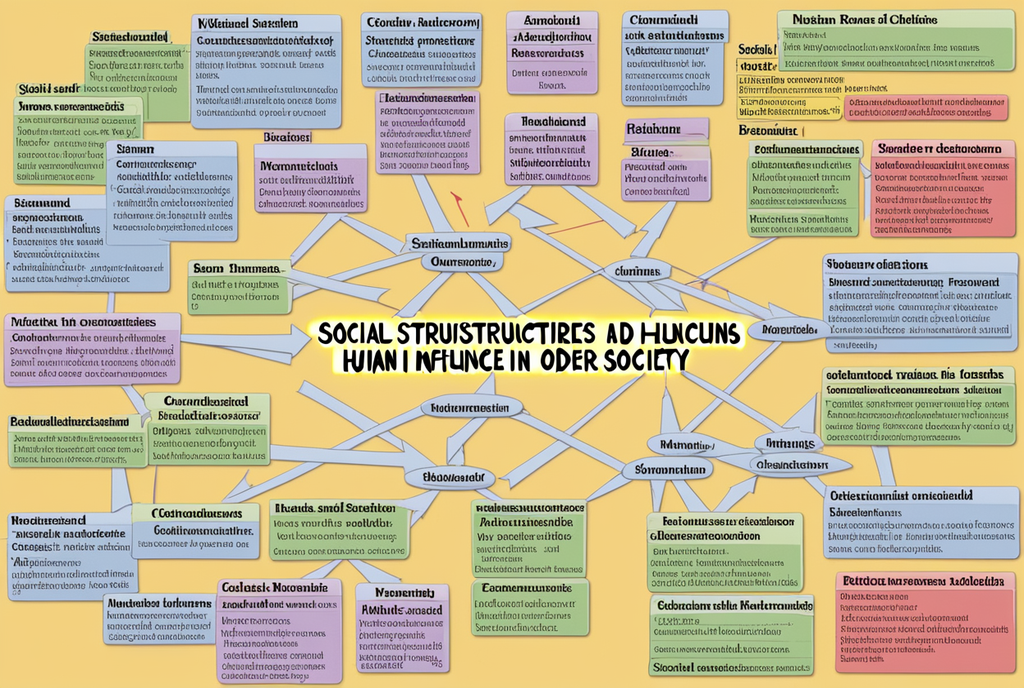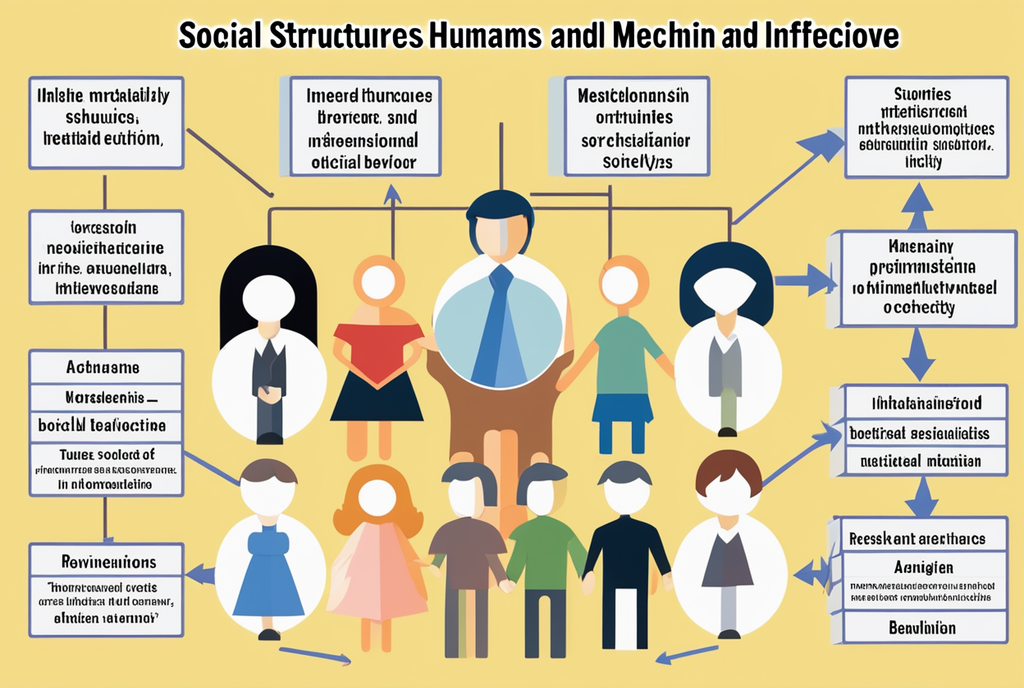social structures
social structures, norms, and mechanisms that influence human behavior and maintain order in society. These social control systems help regulate and guide individuals’ actions to ensure that they conform to societal expectations and rules. Here are some components of social control systems:
- Norms and Values: Societies have established norms (standards of behavior) and values (beliefs about what is important) that guide individuals’ actions. These norms and values influence how people interact with each other and shape their behavior.
- Laws and Legal Systems: Legal systems enforce rules and regulations through laws and penalties. They provide a formal framework for resolving disputes and maintaining order in society.
- Institutions: Social institutions like family, education, religion, and government play a significant role in social control. They socialize individuals, transmit cultural values, and establish behavioral expectations.
- Socialization: Socialization is the process through which individuals learn the norms, values, and behaviors expected in their society. It occurs through interactions with family, peers, schools, media, and other social agents.
- Peer Pressure: Peer groups can exert significant influence on individuals, encouraging them to conform to group norms and behaviors. Peer pressure can be a powerful social control mechanism.
- Public Opinion: Public opinion and societal attitudes can shape individual behavior. People may conform to the prevailing views of their society to avoid social stigma or gain social acceptance.
- Social Sanctions: Society can apply various forms of social sanctions to discourage behavior that deviates from accepted norms. These sanctions can include ridicule, ostracism, or loss of reputation.
- Media and Communication: Mass media, including television, newspapers, and social media, can influence public perceptions and behaviors by shaping public discourse and disseminating information and values.
- Social Movements and Activism: Social movements and activism can challenge established norms and values and advocate for change. They can influence public opinion and lead to shifts in societal norms.
- Religion and Morality: Religious beliefs and moral codes often serve as sources of guidance and social control. They provide a framework for determining right from wrong.
- Government and Authority: Government and legal authorities have a role in maintaining social control through the enactment and enforcement of laws and regulations.
These elements collectively contribute to the social control systems within a society. They help maintain order, define acceptable behavior, and ensure that individuals conform to the expectations of their culture and community. Social control is an essential aspect of social life, as it helps facilitate cooperation and cohesion in human societies.



